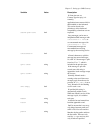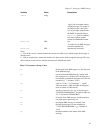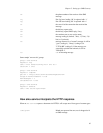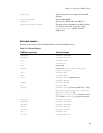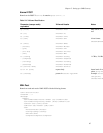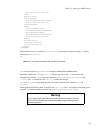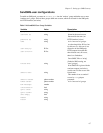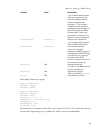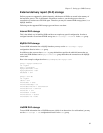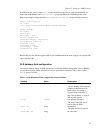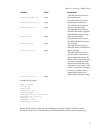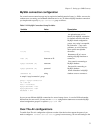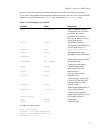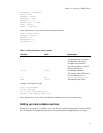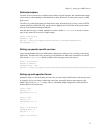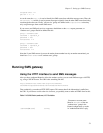Chapter 5. Setting up a SMS Gateway
External delivery report (DLR) storage
Delivery reports are supported by default internaly, which means all DLRs are stored in the memory of
the bearerbox process. This is problematic if bearerbox crashes or you take the process down in a
controlled way, but there are still DLRs open. Therefore you may use external DLR storage places, i.e. a
MySQL database.
Following are the supported DLR storage types and how to use them:
Internal DLR storage
This is the default way in handling DLRs and does not require any special configuration. In order to
configure bearerbox to use internal DLR storage use dlr-storage = internal in the core group.
MySQL DLR storage
To store DLR information into a MySQL database you may use the dlr-storage = mysql
configuration directive in the core group.
In addition to that you must have a dlr-db group defined that specifies the table field names that are
used to the DLR attributes and a mysql-connection group that defines the connection to the MySQL
server itself.
Here is the example configuration from doc/examples/dlr-mysql.conf:
group = mysql-connection
id = mydlr
host = localhost
mysql-username = foo
mysql-password = bar
database = dlr
group = dlr-db
id = mydlr
table = dlr
field-smsc = smsc
field-timestamp = ts
field-destination = destination
field-service = service
field-url = url
field-mask = mask
field-status = status
field-boxc-id = boxc
LibSDB DLR storage
To store DLR information into a LibSDB ressource (which is an abstraction of a real database) you may
use the dlr-storage = sdb configuration directive in the core group.
69



